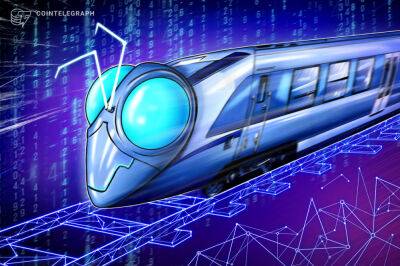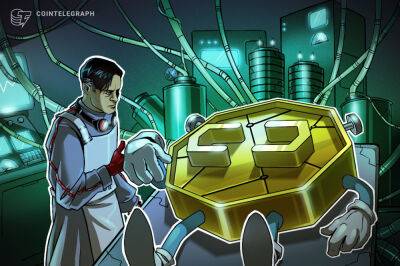A living room on a skateboard: how electric vehicles are redefining the car
Take any petrol car sold today and show it to a mechanic working on a Ford Model T 100 years ago and there is a fairly good chance they would understand roughly how it works. An internal combustion engine at the front turns the wheels, carrying a driver behind a steering wheel, some passengers and luggage.
The advent of electric cars changes everything. No longer will the shape of the car be defined so rigidly by bulky engines, exhaust gas handling or driveshafts. At the same time, digital technology promises to replace everything from rear-view mirrors to the human driver. Never has the car industry had to cope with so many changes all at once.
All of these changes will come to a head in the next few years, says Adrian van Hooydonk, the design boss for BMW Group. Carmakers’ main concerns will be electric power and integrating fast-evolving digital technology – all while improving environmental sustainability. “It will be a reinvention,” he says.
Here are some of the most striking changes we can expect to see.
Already the lack of an internal combustion engine has had an impact. Look at the front of a Tesla and one thing becomes clear: there is no grille needed to provide air to the engine.
Rival manufacturers (in catchup mode to Tesla, the world’s most valuable carmaker) are using the newfound design freedom to provide models such as the Hyundai Ioniq 5 and the Honda e that go for smaller but stronger lights in a package offering retro futurism that might have featured in a 1980s sci-fi film.
But the changes will go far beyond superficial styling. Electric cars are built with a “skateboard” design, with a flat bed of batteries and wheels and motors at either end. Electric motors are also smaller than bulky internal combustion
Read more on theguardian.com








![Cardano [ADA] whales are back fishing after a strong retest – Here’s what’s next - ambcrypto.com - city Santiment - city Santimentaddress](https://finance-news.co/storage/thumbs_400/img/2022/7/10/32841_pz5e.jpg)













